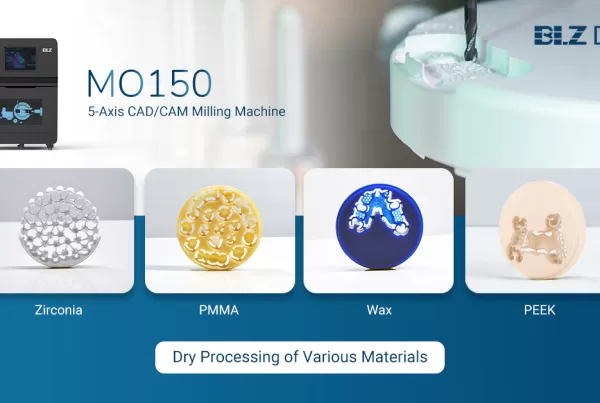Endodontics is a branch of dentistry involving dentin and pulp in the center of a tooth. Different from general dentists, specialists who focus on this subject are called endodontist, they do well in performing endodontic treatments including root canal treatment which is a common procedure. Before engaging in root canal treatment, it’s important to know some facts about it.
What is root canal treatment?
When do you need a root canal procedure?
Root Canal Treatment Steps
Is a dental crown necessary after root canal treatment?
Advantages and risks (side effects) about root canal treatment
Does the root canal treatment hurt?
What is root canal treatment?
The process of root canal therapy is that the dentists use special instruments to completely remove the infected pulp, infected dentin and toxic decomposition products, and then they fill the root canal to block access of bacteria and to avoid re-infection. Your toothache will disappear while your teeth are well reserved.
When do you need a root canal procedure?
Toothache is not a criteria for performing root canal procedure. Not all toothaches require root canal treatment, patients who accept this procedure may don’t have any toothache. This treatment is aimed at the irreversible pulp lesions which have already happened or are about to happen.
1. Uncontrollable Pulpitis: When the tooth decay gradually penetrates from the surface of the tooth into the interior, and finally penetrates the hard tissue, invades the pulp, most of the pulp is already involved, and there is inflammation in your pulp. In this situation, the drugs can hardly work, and root canal therapy is needed.
2. Pulp necrosis:Your pulpitis may be chronic, so you refuse to go to the hospital. If it’s not well treated in time, the pulp will change from inflammation to necrotic tissue. Gradually, the original milky white teeth will become black and lose their luster. You have to accept root canal treatment.
3. Requirement of other treatment: Sometimes, your pulp has no problem, but dentists need to perform canal root therapy to avoid the inflammation of pulp which may occur in the future, such as bleaching treatment for Tetracycline, preparation before dental crown causing by tooth fractures, deep cracks etc.
Root Canal Treatment Steps
The complete treatment process includes:
- Opening the dental pulp and remove decayed tissue and pulp tissue.
- Preparing root canal:Measure length of root by X-Ray image or equipment of measurement etc., and shape or enlarge the root canal to accept the filling materials.
- Disinfecting and filling root canals: The combination of gutta-percha tip and sealing agent is considered to be the best root canal filling material.
- Adding a dental crown
Is dental crown necessary after root canal treatment?
In simple terms, dental crown is a cap to protect your tooth. After root canal treatment, you’d better accept it in time, which will help you avoid further damage to your remaining teeth. First of all, after procedure, there is very little part of tooth tissue left, even with the filling material, your teeth have become fragile and easy to be damaged. Secondly, the daily chewing has a strong force which may cause crack of your remaining teeth. Thirdly, dental pulp is responsible for supplying nutrients to the teeth. When you lose it, your teeth will lose their source of nutrition and become very weak.
Besides, if your remaining teeth are not protected, and get further damaged, all you can do is to pull out your tooth and implant a new one.
Advantages and risks (side effects) about root canal treatment
With a successful root canal treatment, your toothache will go away. At the same time, the risk of dental pulp infection and re-infection will decrease or even disappear. The most important thing is that your own teeth are preserved, so your normal biting force and sensation will not change. Although it has no pulp, it can still play an important role in your daily uses, such as chewing, natural appearance.
In fact, root canal therapy will not bring any side effect, however, any treatment method has risks.
First of all, the root canal is very small. Every person and every tooth may have a different canal shape. Therefore, the treatment is difficult. And then, there may be recurrence of the disease, which requires re-treatment and repeated treatment of the root canal. The worst case is that the tooth infection cannot be well controlled in the end, and you have to pull out your tooth even after donating time and money. Thirdly, you need to accept at least 2 visits to your dentist which may depend more time.
Does the root canal treatment hurt?
Different people may feel different pain values. Generally, the pain is controllable with the help of anesthetic, which is little pain or mild pain. Even after a successful operation, you can still feel some pain, but it is temporary and will pass away.
References
[1] Greg Y.Kim, Root canal treatment: A clinical guide for dental students, Red Rock Endodontics.
[2] Dr.Jordan Johnson, Root canal treatment, Patient Smart, 2014.

